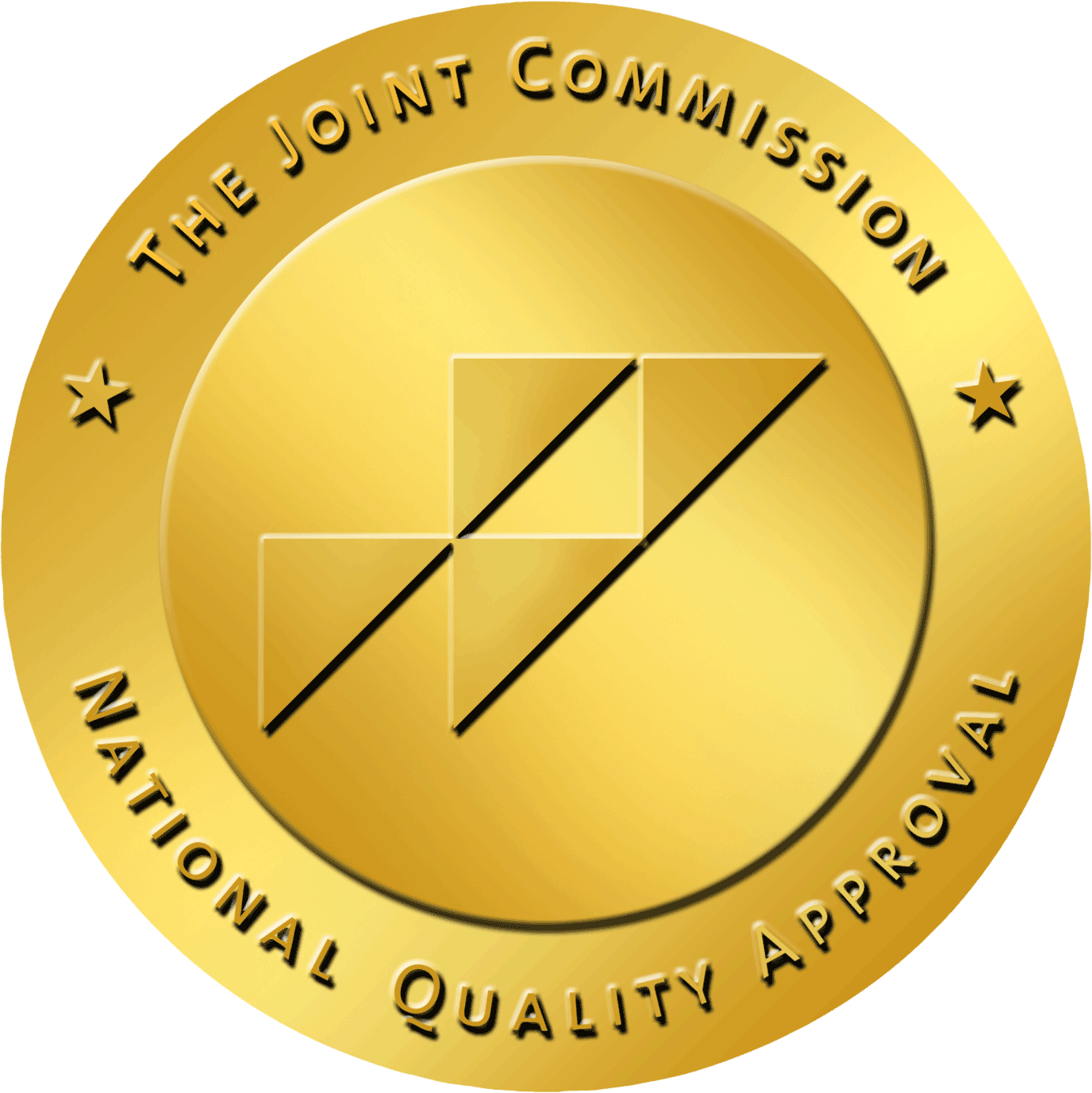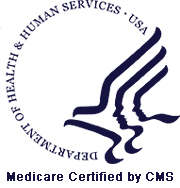News
Non-Concussive Head Injuries Can Still Affect Learning and Memory
With all the recent attention paid to brain injuries recently, parents across the nation are starting to ask questions about the safety of their children s’ brains. One of the most frequent questions they have is how hard of an impact is needed to cause even relatively minor damage to the brain and neurological development.
The common assumption is that long-term neurological damage requires a fairly strong collision, but research supported by the National Institutes of Health (NIC) and the National Operating Committee on Standards for Athletic Equipment (NOCSAE) says even the smallest forms of traumatic brain injury (TBI) can potentially cause damage to brain tissue responsible for controlling the speed of nerve signals, also known as white matter.
“We found differences in the white matter of the brain in these college contact sport athletes compared to non-contact sport varsity athletes,” said study author Dr. Thomas W. McAllister of Indiana University School of Medicine in Indianapolis. “This group of athletes with different susceptibility to repetitive head impacts raises the question of what underlying factors might account for the changes in learning and memory, and whether those effects are long-term or short-lived.”
Medical Daily reports Dr. McAllister and his colleagues recruited 80 varsity level football and ice hockey players from Dartmouth Colege’s Division I athletic program who had not been previously diagnosed with a concussion. Each athlete underwent brain scans as well as learning and memory tests to asses their cognitive abilities, and every player was equipped with a high-tech helmet that records the head’s acceleration-time in the immediate time following a collision. The data from these 80 concussion-free Division I football and hockey players was then compared against 79 athletes from a selection of non-contact sports including track, crew, and Nordic skiing.
The researchers found there was a subgroup of participants within both the contact and non-contact sport athletes who scored lower than expected on verbal learning and memory tests. Roughly 20 percent of athletes in contact sports and 11 percent of non-contact athletes showed a change in nerves that connect the sides of the brain together, known as the corpus callosum region. According to Dr. McAllister, this type of change in the brain’s makeup is found in less than 7 percent of non-athletes.
“The degree of white matter change in the contact sport athletes was greater in those who performed more poorly than expected on tests of memory and learning, suggesting a possible link in some athletes between how hard/often they are hit, white matter changes, and cognition, or memory and thinking abilities,” Dr. McAlister added.




